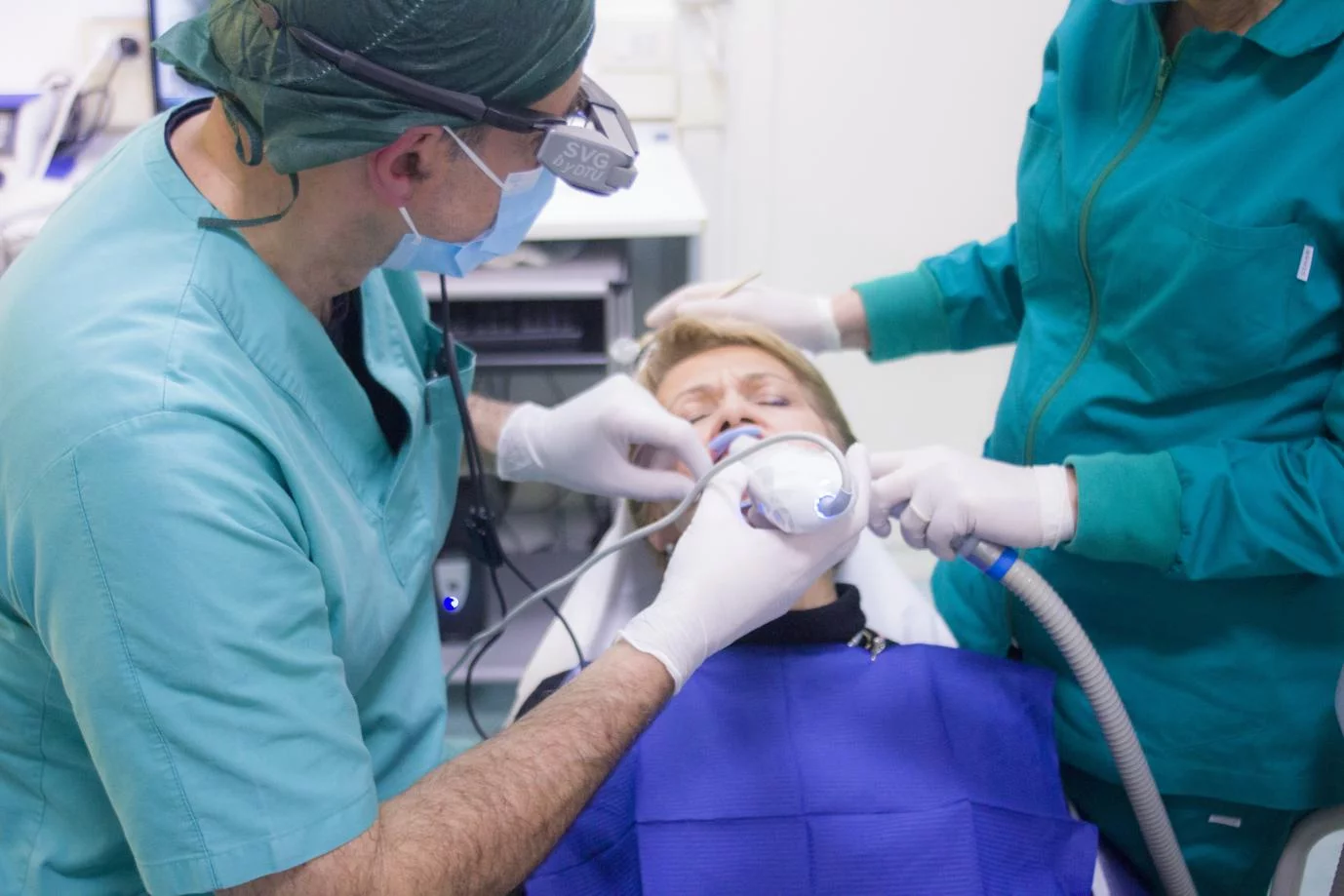Telemedicine refers to healthcare that takes place outside of traditional doctor office visits and includes services like telehealth, evisits and mobile health (mhealth). Telemedicine has been around for some time and continues to advance healthcare delivery systems worldwide.
Telemedicine encompasses everything from phone consultations and telesurgery sessions with remote patients to innovative technologies that allow surgeons to receive visual and tactile feedback directly from remote patients via video conference, so it covers a broad spectrum of healthcare delivery.
Improved Access to Care
Telemedicine has quickly become an extremely popular option for consumers. Patients can enjoy treatment from the convenience of their homes without having to travel long distances for appointments. Telemedicine also saves both costs and time as many would need to arrange childcare or schedule work around doctor consultations if they had to physically go.
Video conferencing with doctors is a valuable service that can assist patients seeking treatment or advice for diseases like diabetes, asthma and depression. Furthermore, this method of consultation can provide invaluable support during times of emergency such as the current pandemic in America.
Patients can be diagnosed and treated quickly when working with an experienced healthcare specialist to treat their condition, making this especially helpful for rural areas where healthcare services may be scarcer. Furthermore, this may help limit disease transmission as patients won’t need to expose themselves in overcrowded waiting rooms and risk spreading infection through direct exposure.
Reduced Waiting Times
Utilizing telecommunication technologies, doctors are able to provide care for patients over long distances using advice, reminders, education interventions monitoring or remote admissions.
Patients no longer have to travel long distances or wait in overcrowded waiting rooms, reducing travel time and germ transmission from other patients in the waiting area.
Healthcare facilities must invest in telemedicine equipment in order to take advantage of this technology, but once invested they can reap the rewards in terms of reduced waiting times and improved patient satisfaction without spending a fortune. Telemedicine technology has grown increasingly popular as more people learn its benefits; healthcare professionals should promote it among patients as this could give them access to superior healthcare services while saving both time and money in the long run – as it allows consultations from the comfort of home with doctors!
Reduced No-Show Rates
Telemedicine provides patients with a convenient and cost-cutting method of consulting medical experts without traveling long distances and risking contracting infectious diseases in crowded waiting rooms. Furthermore, this form of consultation offers both doctors and their patients significant cost savings given no travel or parking fees are involved with video-based appointments.
Physicians can use telemedicine to schedule follow-up visits for chronic condition patients while cutting administrative costs and spending more time with each individual patient. Telemedicine enables physicians to focus on providing personalized attention while cutting paperwork costs significantly.
Telemedicine also can assist healthcare providers in lowering no-show rates by offering patients automated reminders and simple rescheduling options through secure instant messaging, helping ensure that patients attend their appointments and don’t miss any key treatment information. With lower no-show rates, physicians can offer better care while simultaneously saving on revenue loss; hence the popularity of telemedicine among healthcare professionals.
Improved Patient Satisfaction
Telemedicine must meet patient satisfaction in order to gain wide adoption; this can be challenging, so to ensure this occurs it’s essential to address social needs during encounters via technology – according to GMAP surveys participants were asked whether their doctor addressed social concerns in any encounter and 93% responded affirmatively stating it was beneficial discussion.
Telemedicine offers many patients an effective means of accessing healthcare without needing to travel long distances to an office or clinic, find child care arrangements, take time off work or school, or wait in a waiting room. As technology continues to advance, more research should be conducted into how we can use telemedicine more efficiently and improve user experiences while helping individuals overcome barriers to care.







 The Essential Guide to Digestive Enzymes Australia: Boost Your Gut Health
The Essential Guide to Digestive Enzymes Australia: Boost Your Gut Health  Latest Breakthroughs in Acne Treatment
Latest Breakthroughs in Acne Treatment  The Rise of Virtual Fitness Classes
The Rise of Virtual Fitness Classes  Fun and Creative Ways to Stay Active Indoors
Fun and Creative Ways to Stay Active Indoors  Linking Oral Health to Overall Wellbeing
Linking Oral Health to Overall Wellbeing  Can You Exercise While Pregnant?
Can You Exercise While Pregnant?  Is Skin Cancer Curable?
Is Skin Cancer Curable?  How Much Is Dental Bonding?
How Much Is Dental Bonding?  The Rise of Telemedicine and Its Impact on Healthcare
The Rise of Telemedicine and Its Impact on Healthcare 